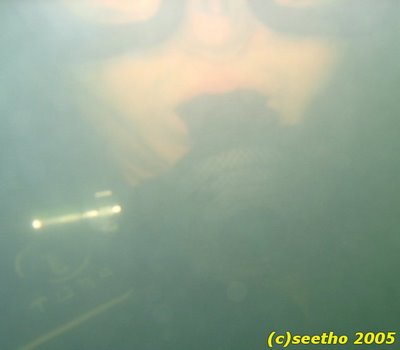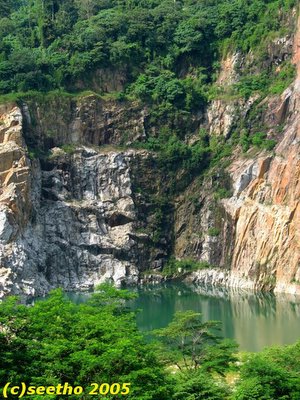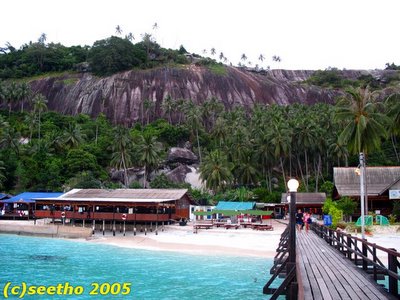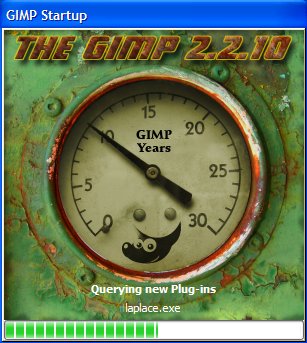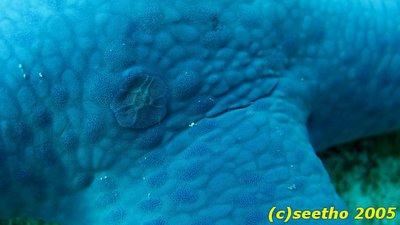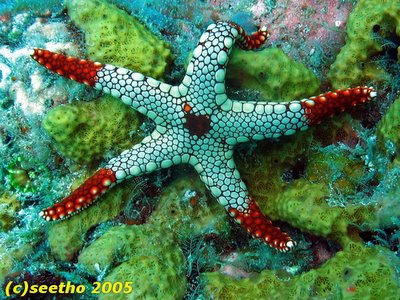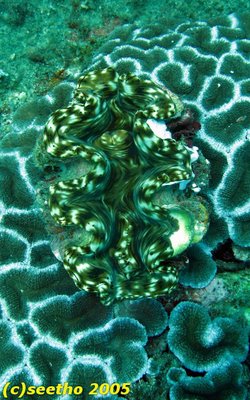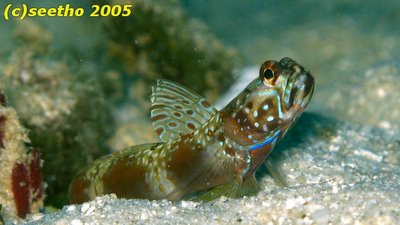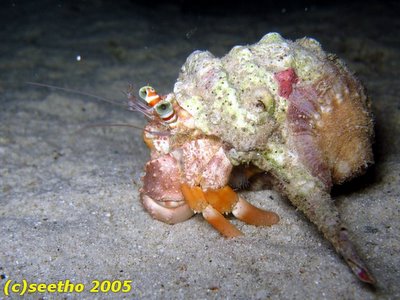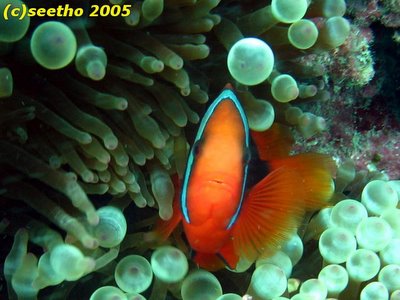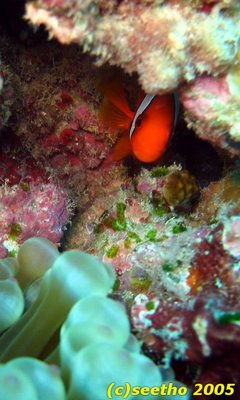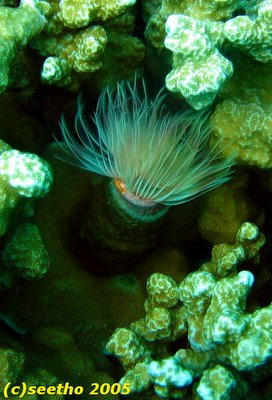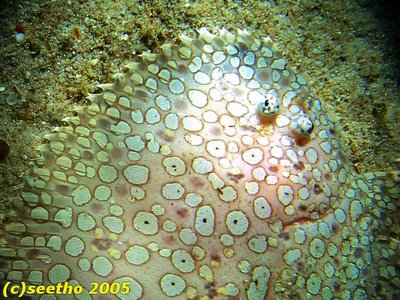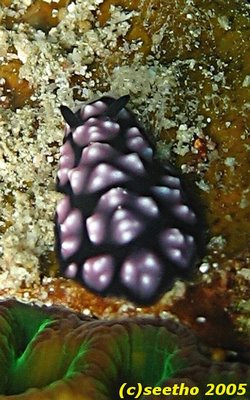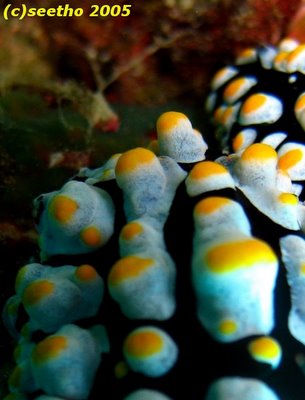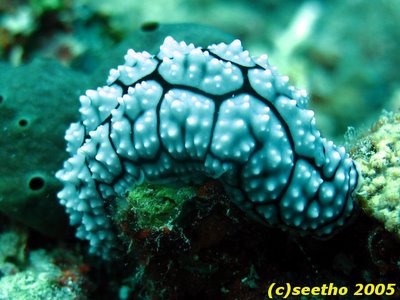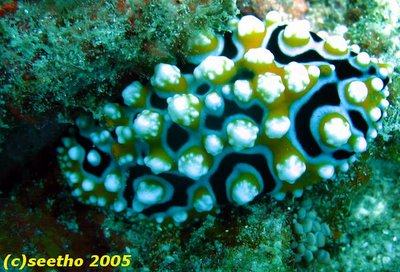New battery for my Suunto Mosquito
I bought my Suunto Mosquito just after my Open Water certification last year. So far I had about 50 dives on it. During the last trip to Jarak, I noticed that it was already low on battery. The manual did state that the battery will last approximately 50 dives - the shortest of all the Suunto models.
Just before going for the crazy dive in the flooded rock quarry a few days ago, I actually changed the battery. Suunto advertises the fact that the Mosquito has a user-replaceable battery. So being a DIY enthusiast that I am, I decided to really go ahead and do it myself. Suunto also recommends that you buy the battery kit that consist of not only the battery but also the battery compartment plastic lid and the O-ring. The problem is that the kit is expensive. So off to the corner camera shop to get the CR2032 battery. It only cost me RM14!
Opening the battery lid is not easy. First find a coin that fits well into the groove and twist it in the direction indicated. It should move by about 20 degrees. I made the mistake of using a smaller coin and made a little mess. The plastic is rather soft and I found out that you can easily cut into it. So be careful not to damage the lid.
After turning the lid, you have to gently pry it off. It's stuck very tight so I used a small stiff pen knife to pry it off. Be careful not to dig too deep into the groove between the lid and the body of the computer and damage the O-ring or more importantly don't make any scratches on the area where the O-ring contacts.
After replacing the battery, apply a thin coating of silicon grease to the Tiny O-ring on the lid. Replace the lid and screw it back on firmly. That's about it.
The quarry dive was the first test since then. I'm glad to report that it functions perfectly.
I'm not sure how many time I can re-use the plastic lid. It seems to be made of soft resin or plastic so the catch may wear out after a few times of unlocking and locking it into the computer body.
If you want to save a bundle and don't mind taking the risk, then just go ahead and replace the battery yourself. It's really very simple.
Just before going for the crazy dive in the flooded rock quarry a few days ago, I actually changed the battery. Suunto advertises the fact that the Mosquito has a user-replaceable battery. So being a DIY enthusiast that I am, I decided to really go ahead and do it myself. Suunto also recommends that you buy the battery kit that consist of not only the battery but also the battery compartment plastic lid and the O-ring. The problem is that the kit is expensive. So off to the corner camera shop to get the CR2032 battery. It only cost me RM14!
Opening the battery lid is not easy. First find a coin that fits well into the groove and twist it in the direction indicated. It should move by about 20 degrees. I made the mistake of using a smaller coin and made a little mess. The plastic is rather soft and I found out that you can easily cut into it. So be careful not to damage the lid.
After turning the lid, you have to gently pry it off. It's stuck very tight so I used a small stiff pen knife to pry it off. Be careful not to dig too deep into the groove between the lid and the body of the computer and damage the O-ring or more importantly don't make any scratches on the area where the O-ring contacts.
After replacing the battery, apply a thin coating of silicon grease to the Tiny O-ring on the lid. Replace the lid and screw it back on firmly. That's about it.
The quarry dive was the first test since then. I'm glad to report that it functions perfectly.
I'm not sure how many time I can re-use the plastic lid. It seems to be made of soft resin or plastic so the catch may wear out after a few times of unlocking and locking it into the computer body.
If you want to save a bundle and don't mind taking the risk, then just go ahead and replace the battery yourself. It's really very simple.




